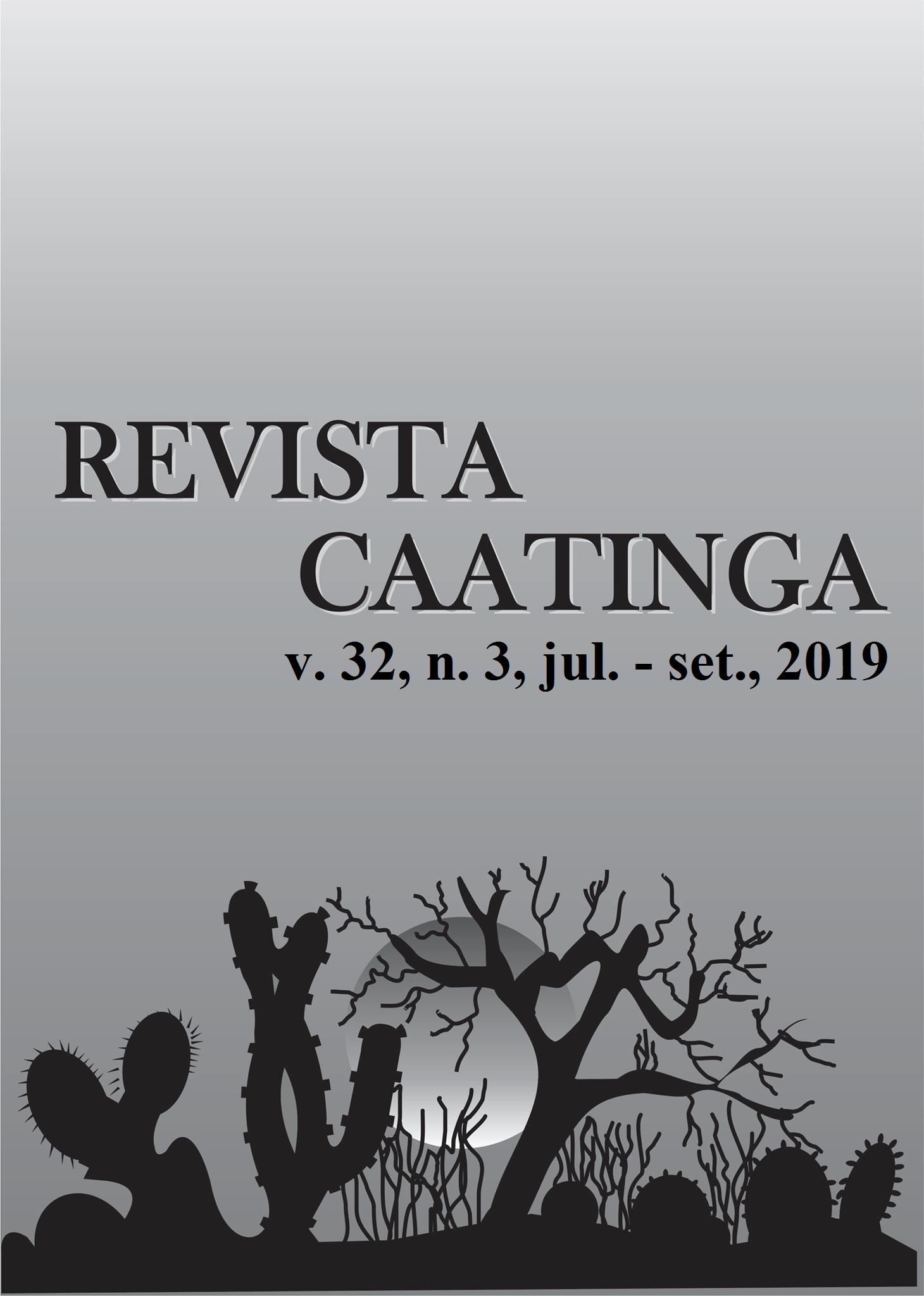PHOSPHORUS REQUIREMENT OF TAMBAQUI FINGERLINGS
DOI:
https://doi.org/10.1590/1983-21252019v32n324rcKeywords:
Initial phase. Minerals. Nutritional requirement.Abstract
The objective of this study was to determine the digestible phosphorus requirement in rations for tambaqui fingerlings (Colossoma macropomum). 900 fingerlings (0.51 ± 0.06 g) were used in a completely randomized design with six treatments, five replicates, and thirty fish per experimental unit. The treatments consisted of six diets with different digestible phosphorus levels (0.12, 0.33, 0.54, 0.75, 0.95, and 1.16%). The fish were fed six times a day, for 63 days. Performance, feed efficiency, and the daily protein, fat, ash, and phosphorus deposition rates of fish were evaluated. The treatments did not influence the feed intake. The elevation of phosphorus levels increased the digestible phosphorus intake linearly, and improved of quadratic form the weight gain, specific growth rate, feed:gain ratio, protein efficiency for weight gain, and daily protein, fat, ash, and phosphorus depositions up to the estimated levels of 0.64, 0.66, 0.70, 0.70, 0.62, 0.62, 0.70, 0.71%, respectively. The phosphorus efficiency for weight gain worsened with the elevation of phosphorus levels. The recommendation of digestible phosphorus level in rations for tambaqui fingerlings to optimize weight gain and body phosphorus deposition is 0.71%, which corresponds to the estimated level of 1.04% total phosphorus.
Downloads
Downloads
Published
Issue
Section
License
Os Autores que publicam na Revista Caatinga concordam com os seguintes termos:
a) Os Autores mantêm os direitos autorais e concedem à revista o direito de primeira publicação, com o trabalho simultaneamente licenciado sob a Licença Creative Commons do tipo atribuição CC-BY, para todo o conteúdo do periódico, exceto onde estiver identificado, que permite o compartilhamento do trabalho com reconhecimento da autoria e publicação inicial nesta revista, sem fins comerciais.
b) Os Autores têm autorização para distribuição não-exclusiva da versão do trabalho publicada nesta revista (ex.: publicar em repositório institucional ou como capítulo de livro), com reconhecimento de autoria e publicação inicial nesta revista.
c) Os Autores têm permissão e são estimulados a publicar e distribuir seu trabalho online (ex.: em repositórios institucionais ou na sua página pessoal) a qualquer ponto antes ou durante o processo editorial, já que isso pode gerar alterações produtivas, bem como aumentar o impacto e a citação do trabalho publicado (Veja O Efeito do Acesso Livre).







